The first time I pulled into the parking lot for The Bruery in early 2009, I was positive I had the wrong address.
I was dressed in conservative heels, smart black pants, and collared peasant shirt; a look I felt was suitable for the job interview that I had set out to attend. And yet, here I was, standing before a one story, beige bunker-like industrial park just below the sun-beaten buzz of the 57 freeway in Placentia, California. I was double-taking the address and cross-referencing with the email in my second generation iPhone.
In the farthest unit from the park’s entrance, 715 Dunn Way, I found a small white decal on the window: The Bruery.
Guess this is it, I thought, and I stepped through the door and into my future.
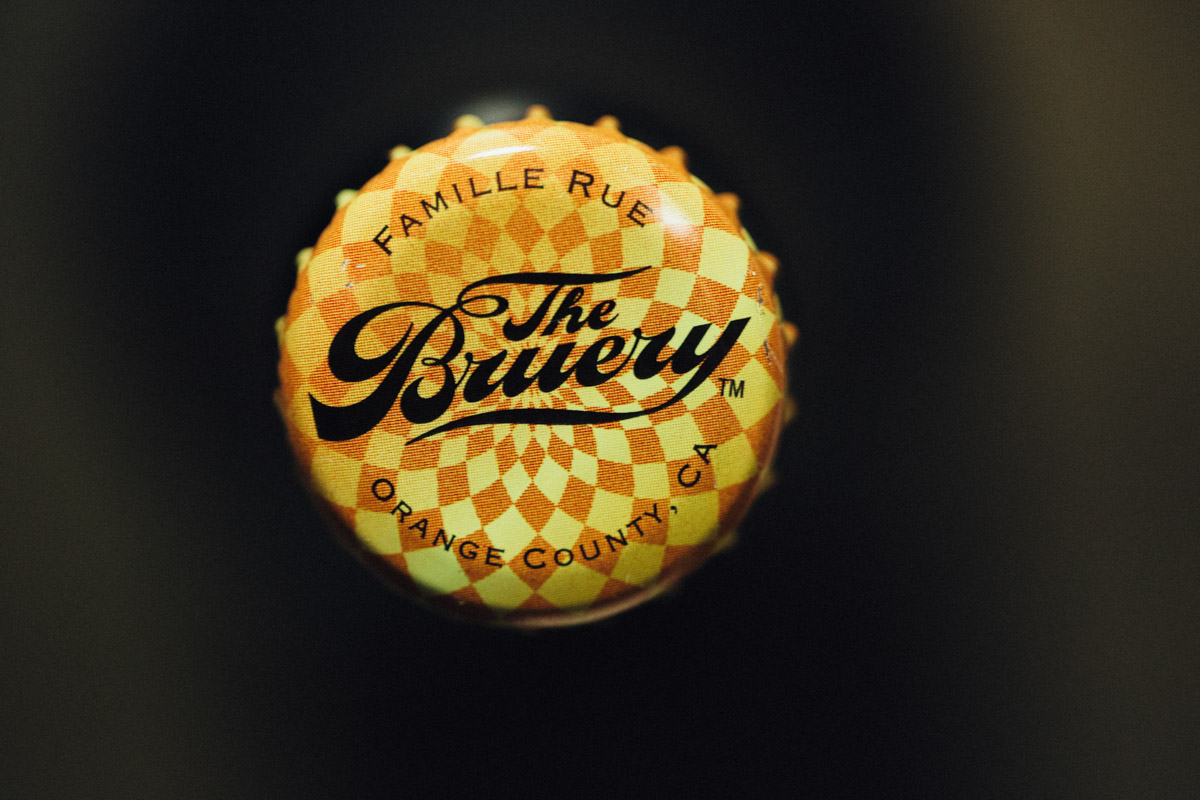
That morning was my first experience with Patrick Rue and his wife, Rachel, the warm and endlessly affable couple at the heart of the operation who would be my employers for the next several years. Patrick is an Orange County native with a thin scruff of a beard, a shy smile, and a passion that palpably energizes the company he created.
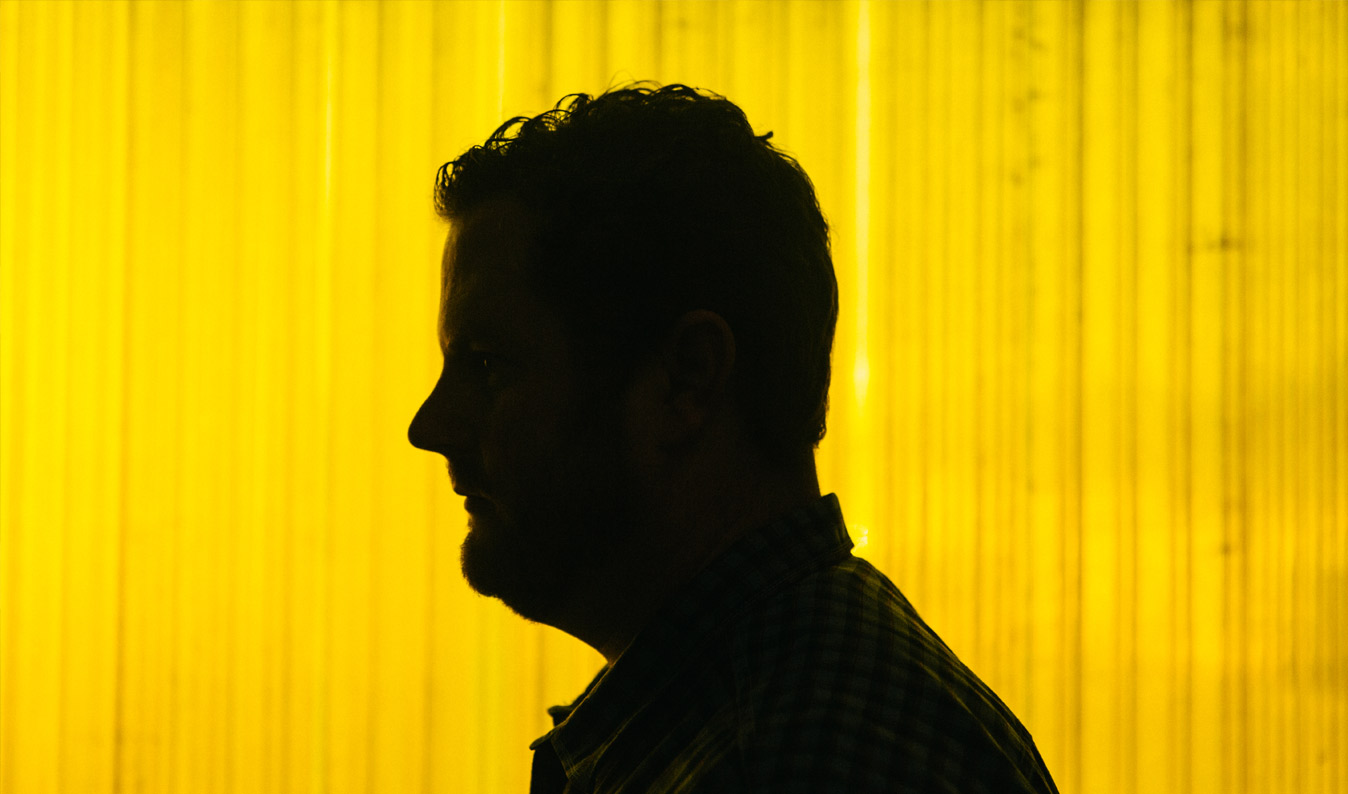
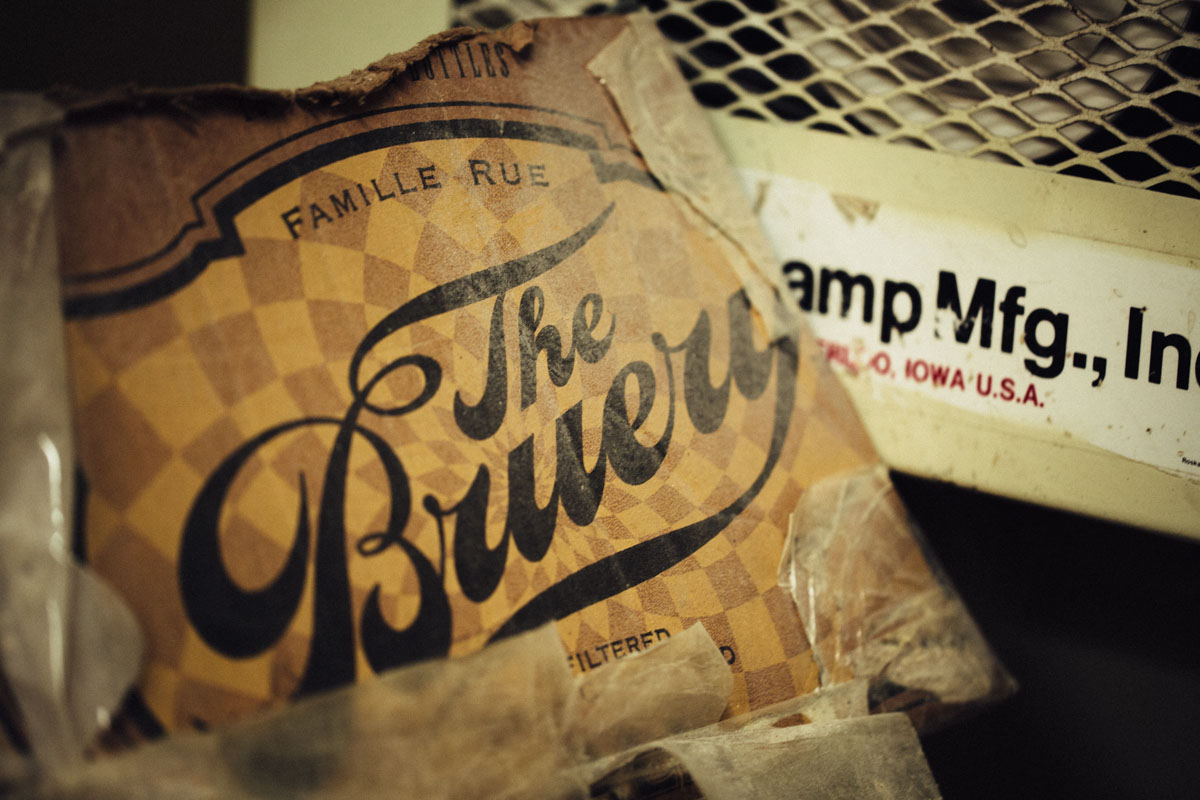
Stepping back into the brewhouse today, years after my departure from Southern California and the business, is a bit disorienting. Where once there was a company of five or six individuals that occupied a single unit in the park is now a business that has absorbed nearly the entire complex (twelve units) and employs over sixty dedicated beer-lovers. In addition, there’s a satellite office in Anaheim, a few miles down the road, and a barrel house that is home to some three thousand used and new oak barrels in which hundreds of batches of beer comfortably rest; some for a few months and others for years or even decades.
(The Bruery brewed and barreled an Old Ale to commemorate the birth of Patrick and Rachel’s daughter four years ago, with the intention of tapping it on her 21st birthday. Talk about the coolest kid on the block.)
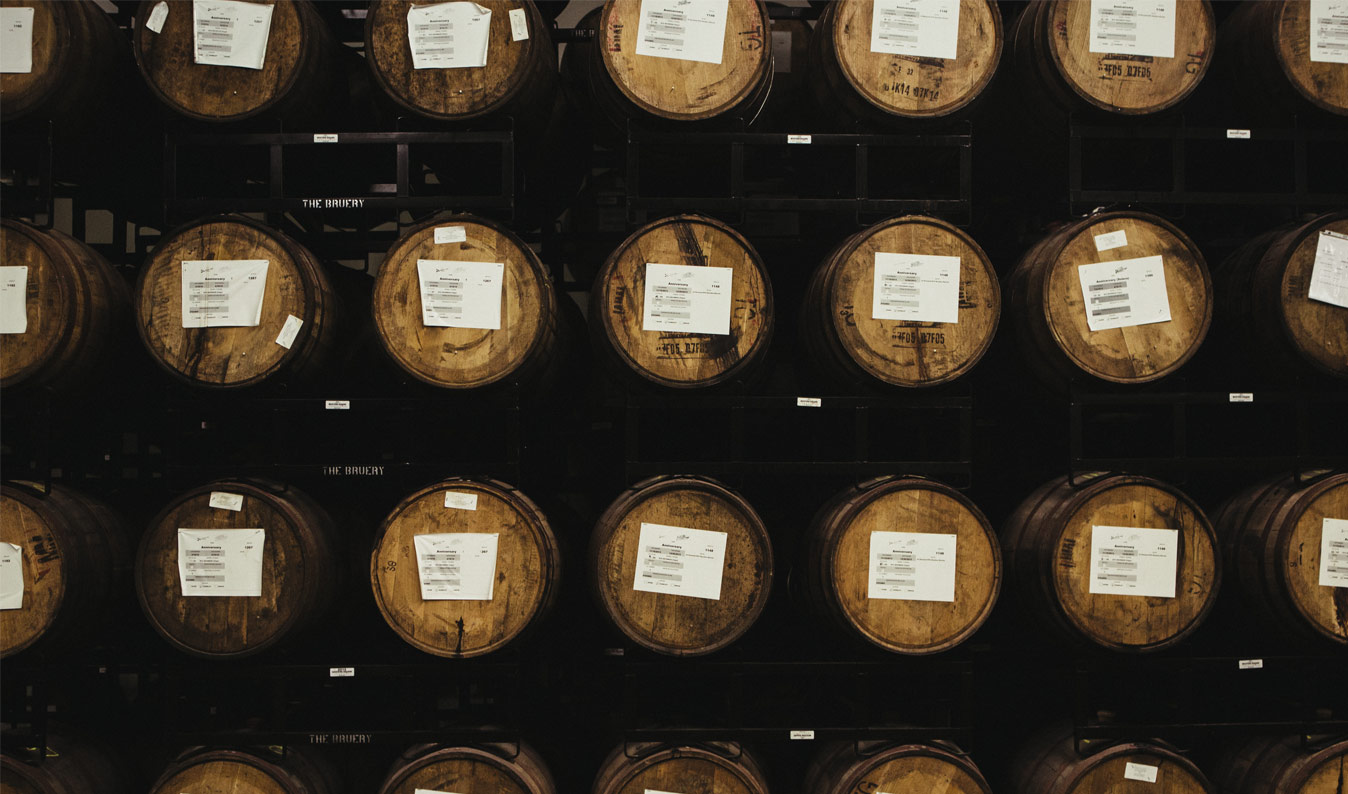
Currently, The Bruery is in the midst of expansion that will increase their production capacity to about thirty thousand barrels (of which Patrick says, “I’m not sure we’ll ever want to do that much, but it will be nice to have the option”) from their current twelve thousand barrel max.
Patrick and Director of Marketing Benjamin Weiss, who is one of the few employees that still recognizes me, walk us from unit to unit, a contiguous conglomerate of craft beer activity, each with a dedicated purpose (brewing, storage, packaging, tasting room, offices), each thrumming with brewery employees and home to dizzyingly turrets of stainless steel machinery. I’m speechless at the growth. As we observe, offices are being erected out of used shipping containers and laid with used bourbon barrel flooring. In one section a sprawling, serpentine bottling line has been installed that can label and package fifty three beers per minute. I laugh, remembering the obstinate machine that we once used for the same job, which required an employee to hand label one bottle at a time.
And while the shiny new equipment is clearly exciting for the company as a whole, Patrick is just as giddy to show us the two Skee-Ball machines that will find their way into the new offices along with a pool table and, naturally, a draft system.
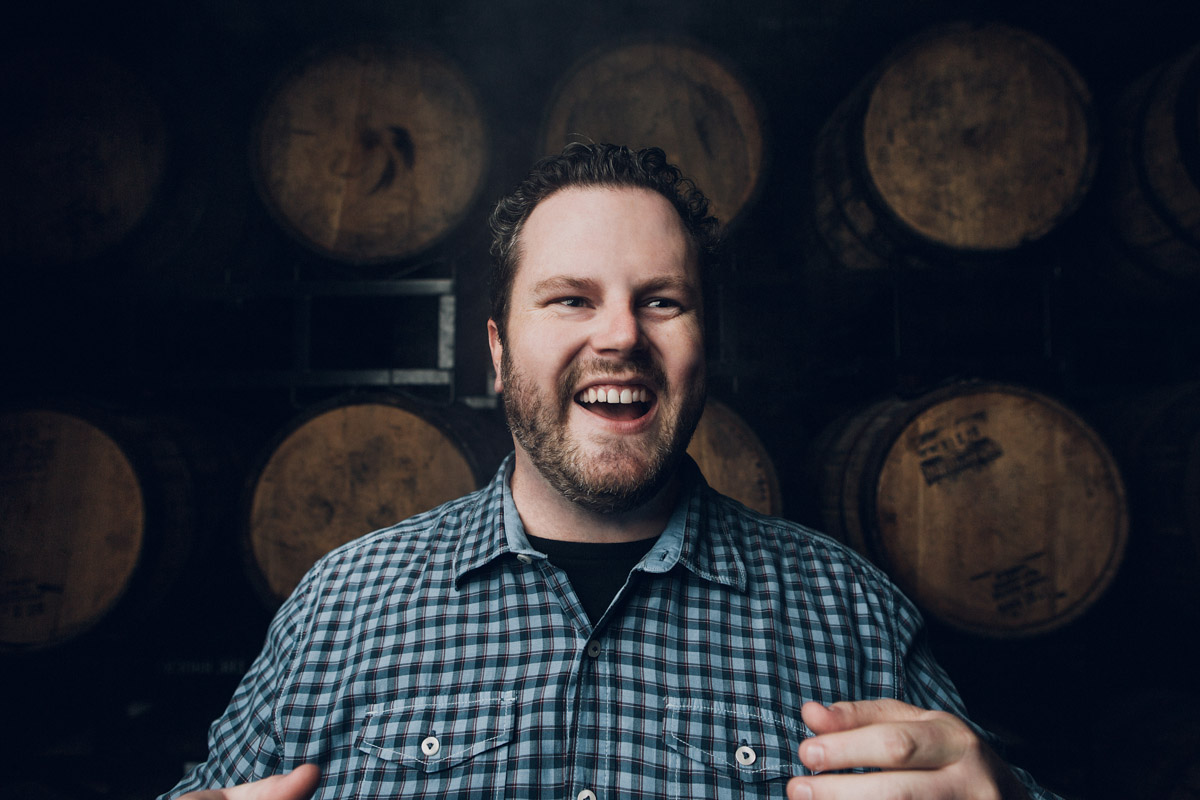
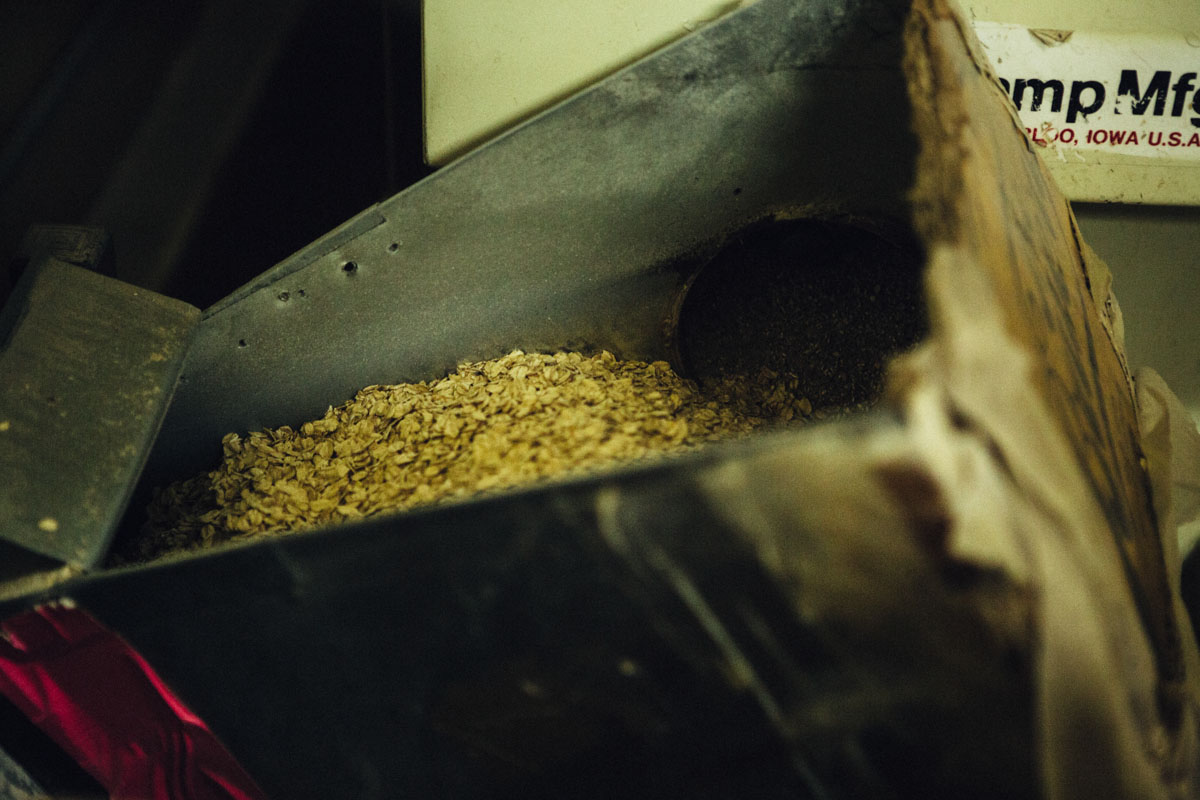
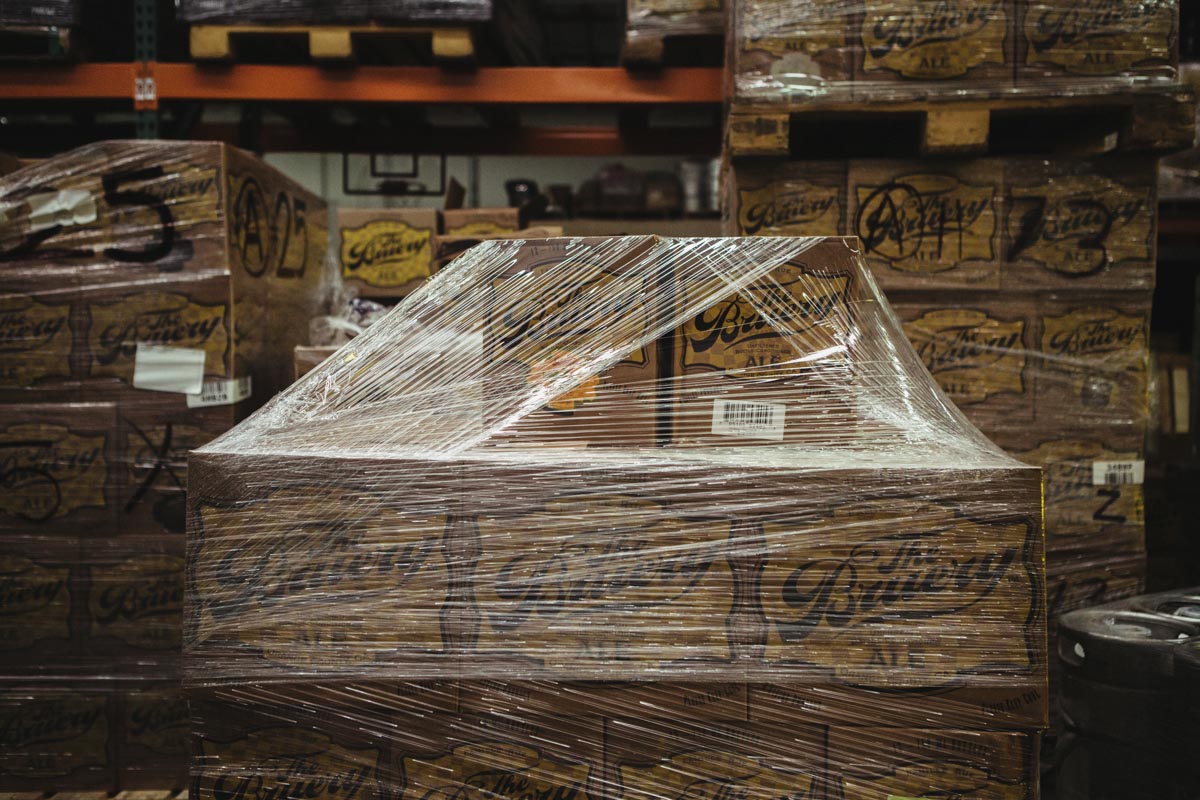
In addition, The Bruery, renowned for their sour beer, is launching a separate brand this summer called The Bruery Terreux, which will produce exclusively beers fermented with wild yeasts, typically referred to as tart or “funky.” Terreux’s translation is “earthy.”
The process of making beer begins by mixing grain and hot water in a step referred to as “mashing” or “lautering.” Essentially, it’s making a giant bowl of oatmeal. The liquid that results is called “wort,” which is the basis for the beer, its flavor is determined by the grain bill, that is, the types and amounts of grain that a brewer selects for the batch. Most beers include multiple grains, as each contributes unique flavor or body to the finished product.
The wort is then boiled and hopped. Hops, an herbaceous green plant closely related to cannabis, are the bittering agent in beer, and are intended to balance the very sweet wort. After this boil, yeast is “pitched” into the liquid and fermentation begins. Depending on the style of beer, this can take anywhere from a few weeks to a few months or more.

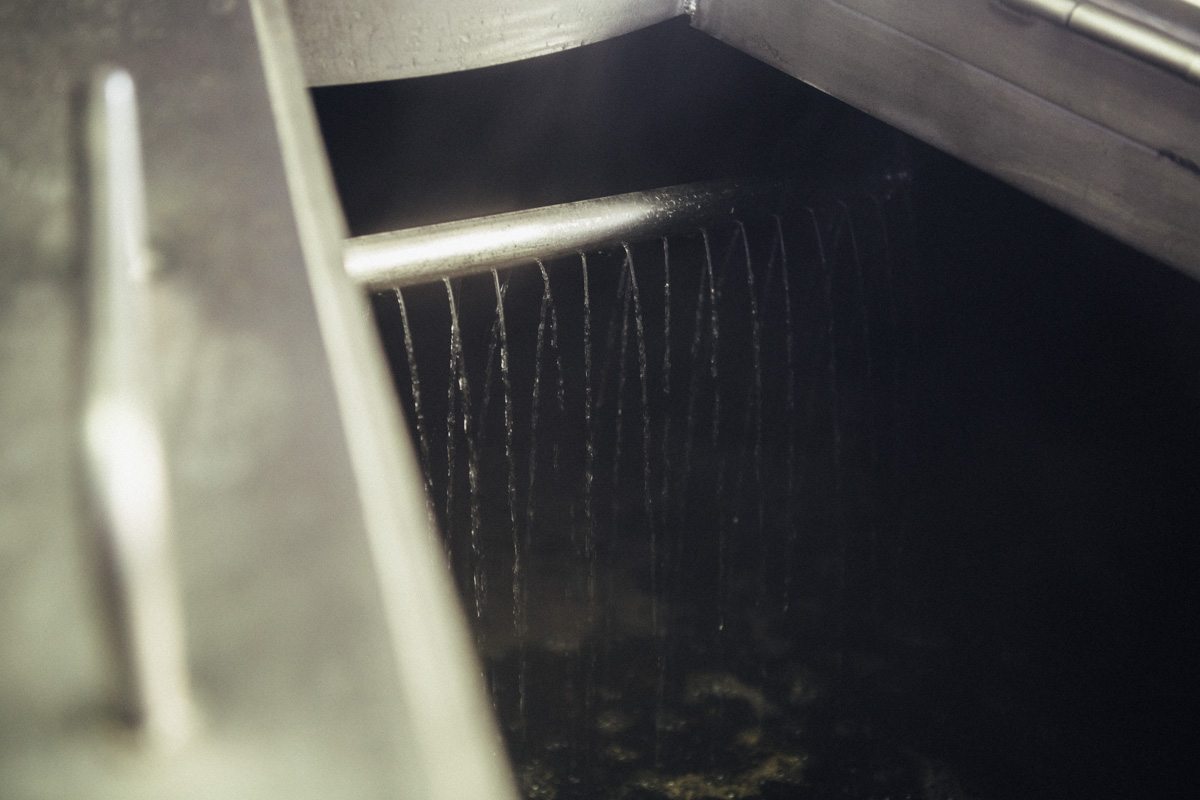
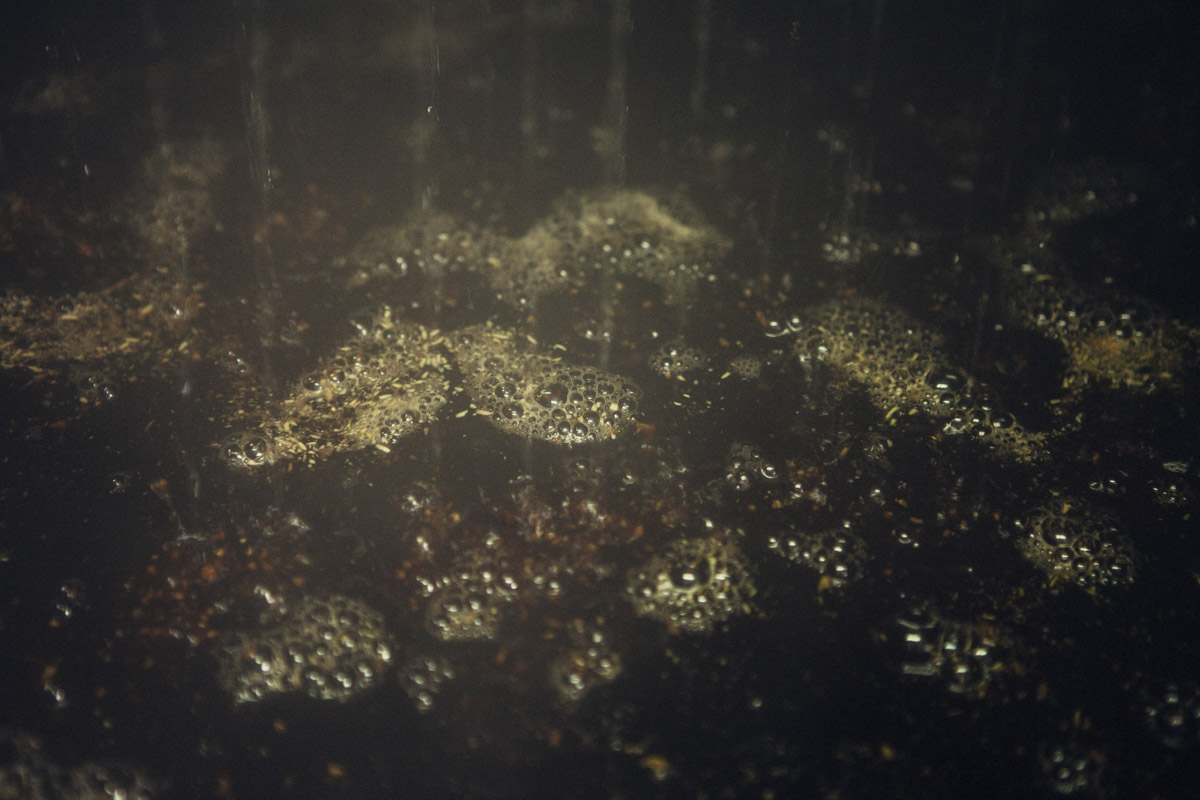
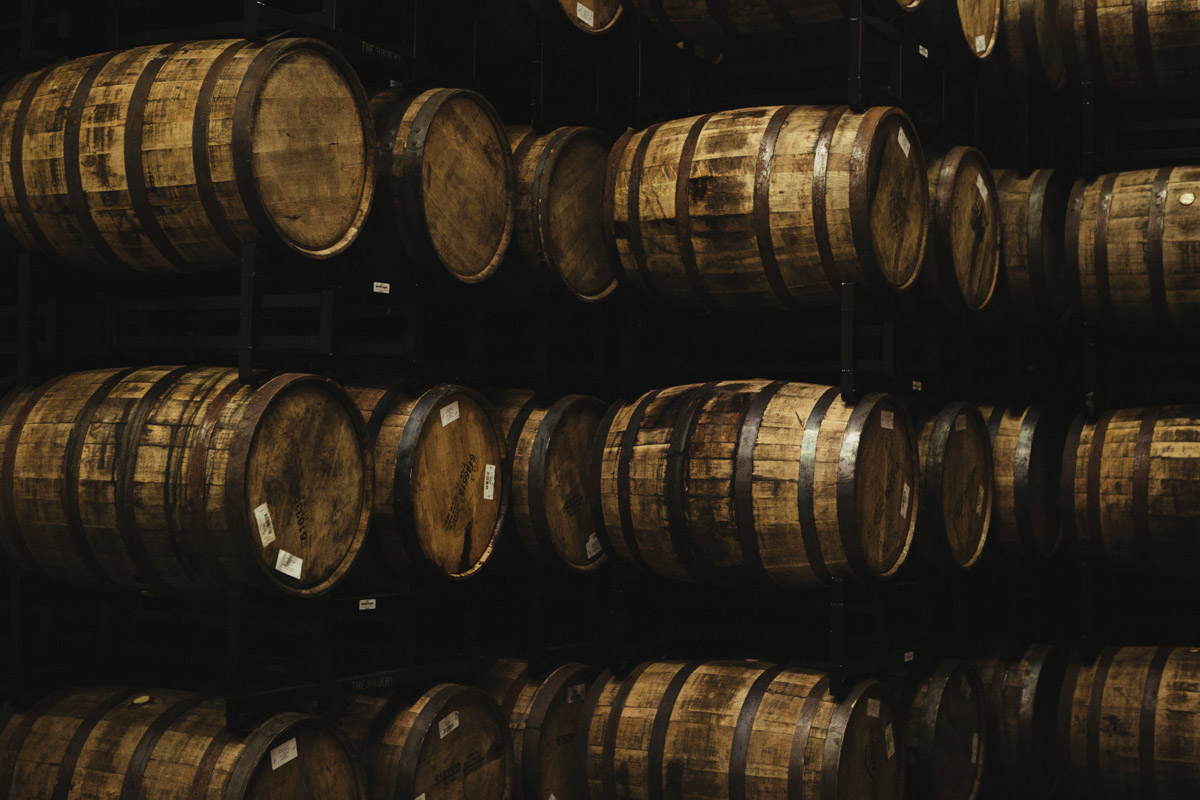
The choices that a brewer makes during each step defines their offering and solidifies their style. The beer may be maltier, brewed with darker grains, or brighter. European hop cultivars contribute a spicy profile while American varieties skew more toward citrus. Various yeasts have their own characters; Belgian strains often contain inherent notes of pear or pepper, while wild strains may sour the beer, turning styles into something resembling a liquid Sweet Tart. The choice for fermentation will also contribute flavor; lagers are crisper while ales, which are fermented at warmer temperatures, are interpreted as fruitier. How the beer is carbonated—natural versus forced—will affect the body. Barrel aging may mellow an alcoholic bite.
When it comes to making these decisions, The Bruery has developed a reputation for coloring outside the lines. In what is already a niche market, the SoCal outfit manages to turn out specialty concoctions that stand out on increasingly crowded craft beer shelves.
The Bruery’s is a line of beers that has inspired such intense devotion that they have three separate “Reserve Society” clubs, each with members paying an annual premium to have access to special beers released at varying levels of exclusivity.
Patrick and Co. provide plenty of material for fans, and they observe few boundaries when sourcing inspiration for their stable of constantly shifting products.
“We look to the flavors found in food, cocktails, and wine as inspiration for the flavor in our beers. We’re not doing this to make ‘beer’ in the generic sense. We want to widen what ‘beer’ is. We’re constantly on the hunt for ingredients that can provide a new, delicious, and unique experience to ourselves, and our customers,” Patrick explains.

Take regional inspirations like Or Xata, based on the Mexican refreshment Horchata and brewed with cinnamon, rice, and vanilla; or Freckle, an imperial stout infused with the flavors of a Mexican Mole; or the seasons (Autumn Maple brewed with yams, cinnamon, maple syrup, and spices).
There are collaborations with friends like neighboring Orange County brewers Noble Aleworks on a boozy version of an orange creamsicle. Cocktails are reimagined; try Roble Bianco, a sour ale aged in Tequila barrels with lime juice, lime zest, and salt; or Geriatric Hipster Club, the cheekily dubbed riff on an Old Fashioned brewed with house-made aromatic bitters and orange peel, and aged in oak. Even a radio show proved an unlikely muse when they created Windowsill, a raspberry rhubarb beer for KCRW’s Good Food.
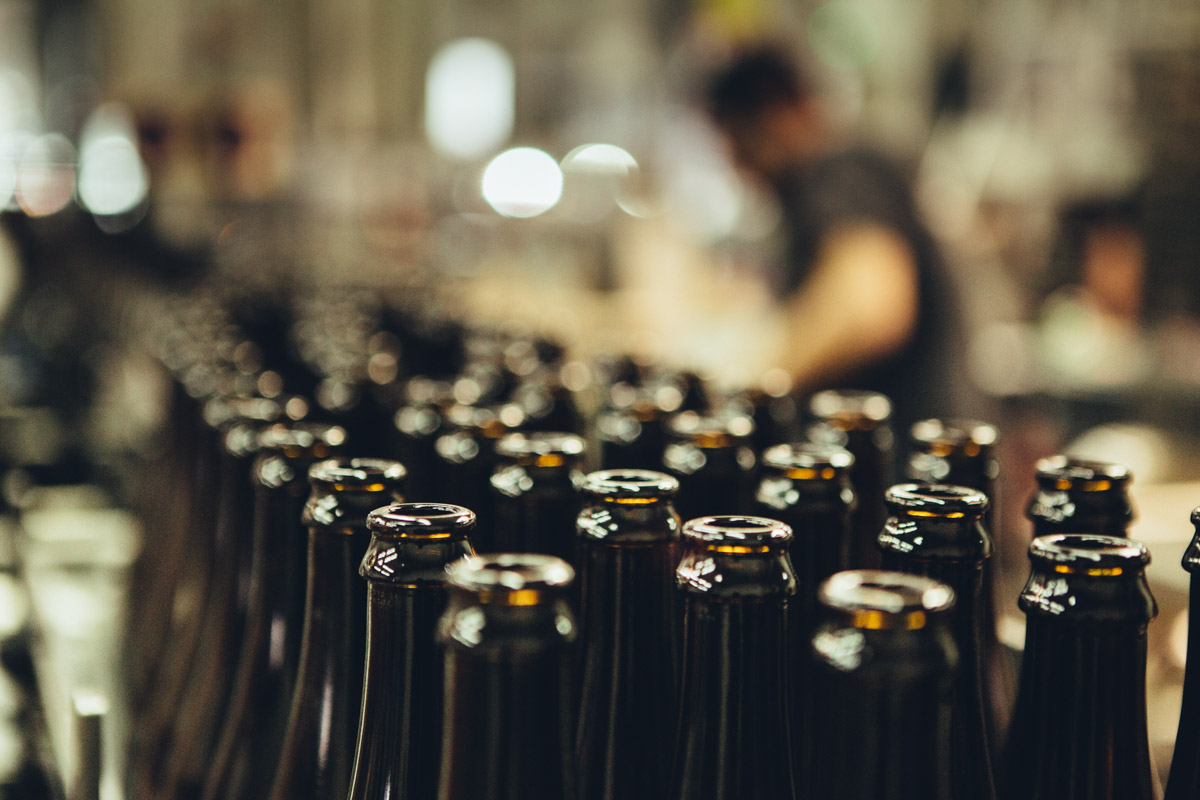
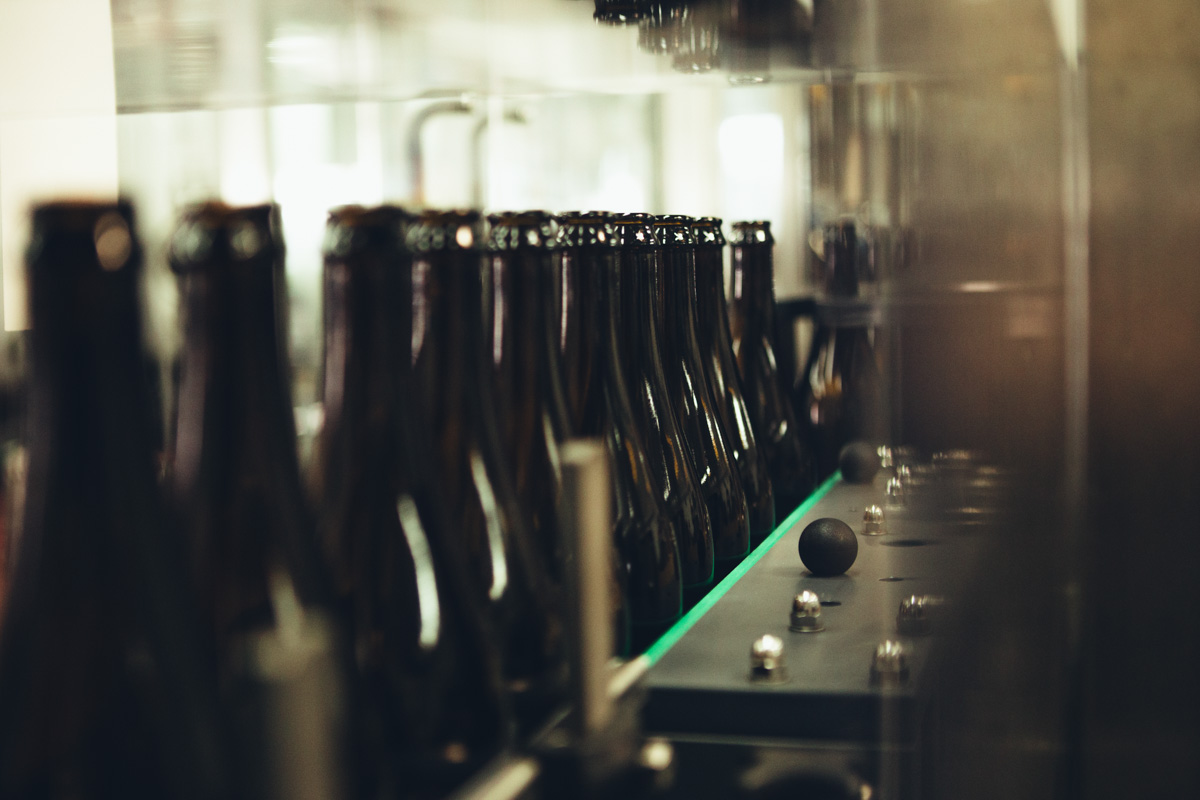

During our tour of the new Tasting Room, I’m poured a confoundingly complex, genre-blurring blend of a bourbon barrel-aged imperial stout from The Bruery and Petit Syrah from Santa Barbara wine producer Fess Parker. Patrick sits with me to reflect on what—in May of 2015—will be seven years of imaginative craft beers.
Patrick didn’t set out to helm a beer geek empire. In fact, his future promised more courtroom drama than craft beer drinking. In the mid-aughts, Patrick was a law school student at Chapman University. Seeking a more creative kind of satisfaction, he threw himself into homebrewing.
“I had a friend who was in law school and homebrewed on the weekends. I admired him for having that hobby— something about it just seemed so interesting. I loved beer at the time, and heard of people who made beer at home, but never met one until then.”
“I joined BrewCommune, which is an Orange County based homebrew club. They had an internet forum, so I joined that, and they persuaded me to come to a meeting. I’m a shy, introverted person, so I had to muster some courage to get to a meeting. I started out as a very green home brewer, and learned a lot from those in the club. Certainly getting feedback on my beer helped me to refine my brewing and, as my beer became better, it supported my idea of opening a brewery.”
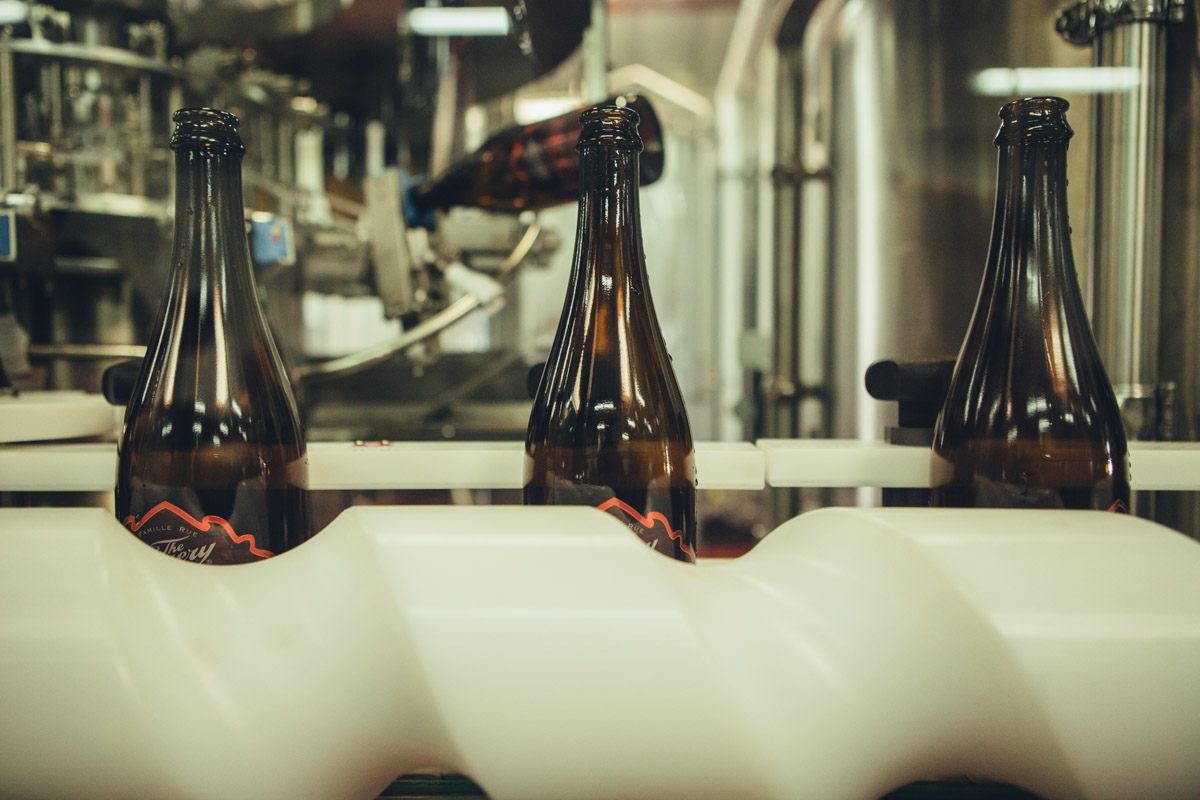
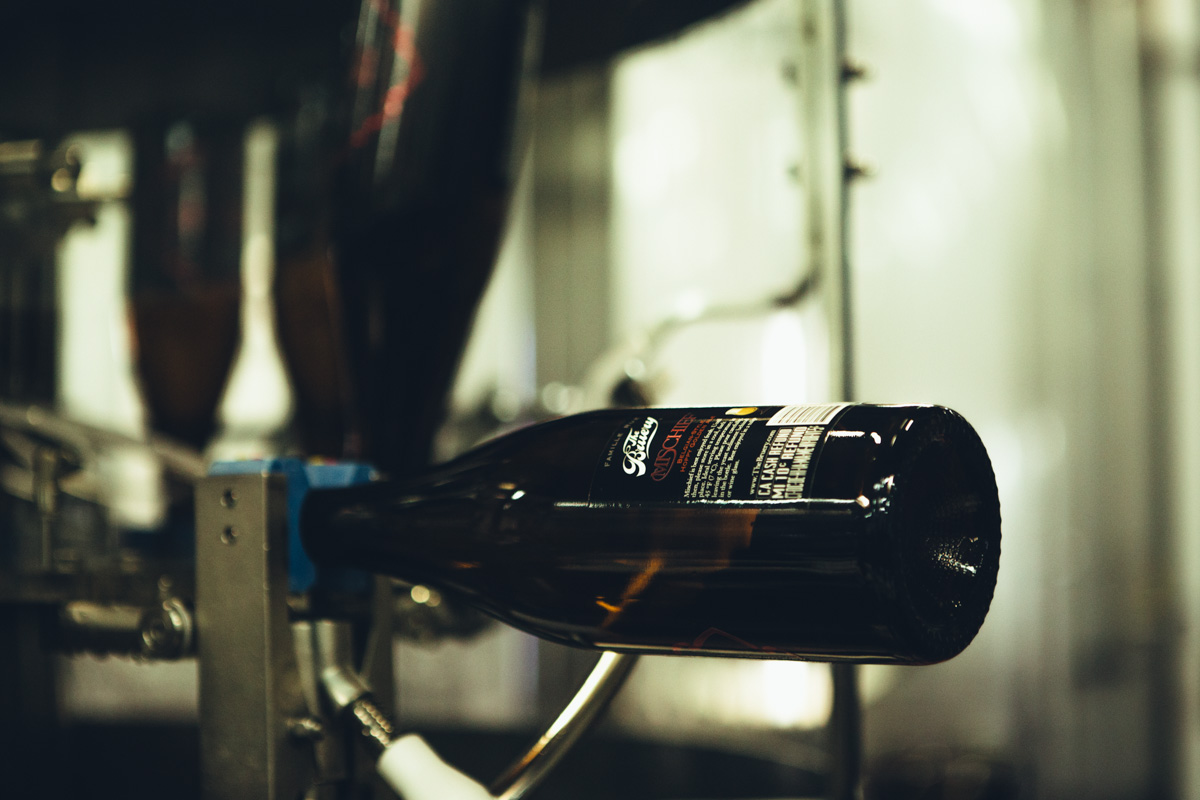
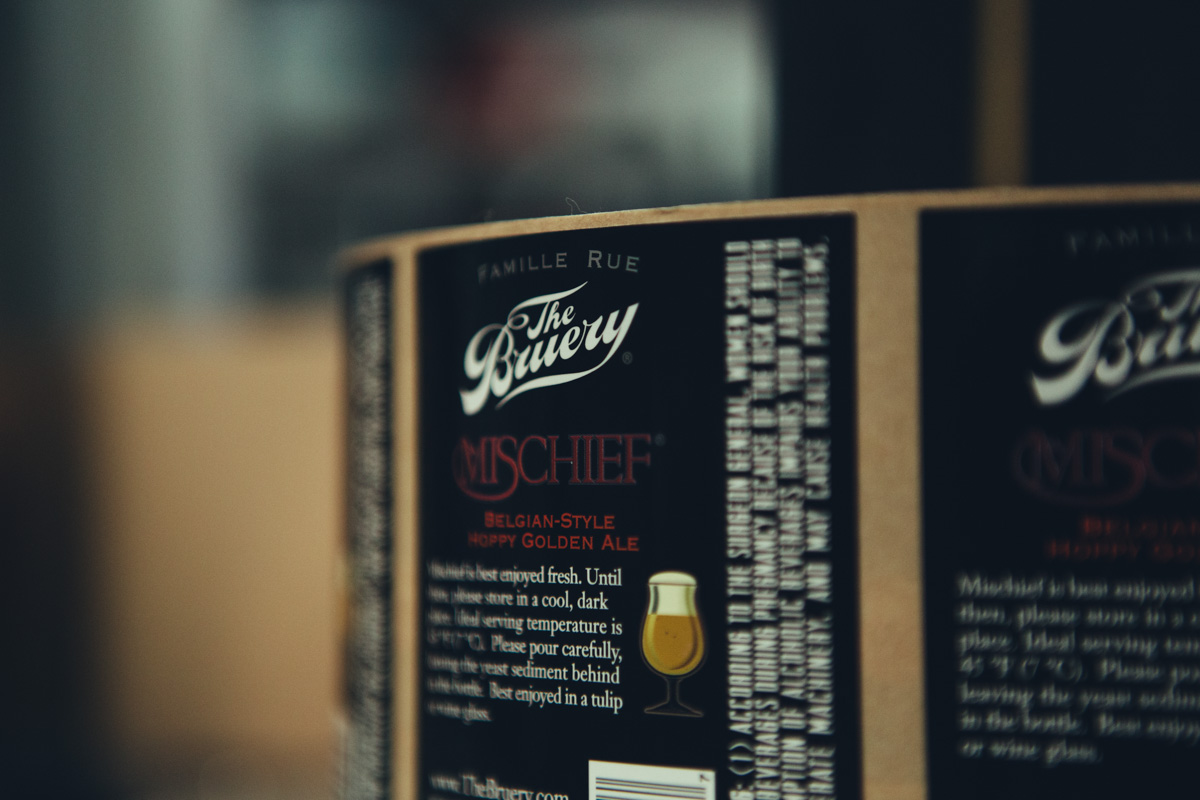
In 2006 he accepted his Juris Doctorate, but the only contract he would review was the one that bound him the unit at 715 Dunn Way, and he began building his business.
In an exceptionally prescient pre-social-media-era move, Patrick blogged his way through the “Origins of a Craft Brewery,” openly documenting the process, one that was sometimes exciting and occasionally infuriating, and he seized schools of future fans that were fully engaged by the time the first beer was released in June of ‘08.
For many craft breweries, composing a static lineup is part of the business plan, allowing for stability. I ask how many individual beers The Bruery has created since its inception.
“It’s hard to keep track, and depends what you’d consider to be a unique beer release. BeerAdvocate.com has four hundred and twenty four different beers in its records from us, but a lot of those are barrel variations on one beer (rum barrel, tequila barrel, etc.), fun cask blends, or pilot batches that we’ve released in the Tasting Room. We’re probably around one hundred and fifty bottled, individually labeled brands.”


With the expansion, The Bruery’s ability to reach a larger audience will be improved. But in considering that these small batch beers are spread over twenty eight states, it’s clear why each one is considered a valuable commodity within the beer world.
As the company grows, Patrick naturally spreads his time over a variety of tasks.
“The amount of time I spend in areas that I’m not particularly good at is quite high. Running a business requires knowing a little bit about a lot of things, and hopefully as we mature I can get more great people on board to handle those things for me.”
But when asked what he loves most about the business he’s chosen, his answers are still about the small pleasures.
“I love the smell of brewing. During the mash when the malt is mixed with hot water, there’s incredible aromas ranging from baked bread, coffee, chocolate, toffee, depending on what’s being brewed. There’s no where else I can go to get the same aromas. When boiling, the aromas from the volatilization of malt and hops is something else.”
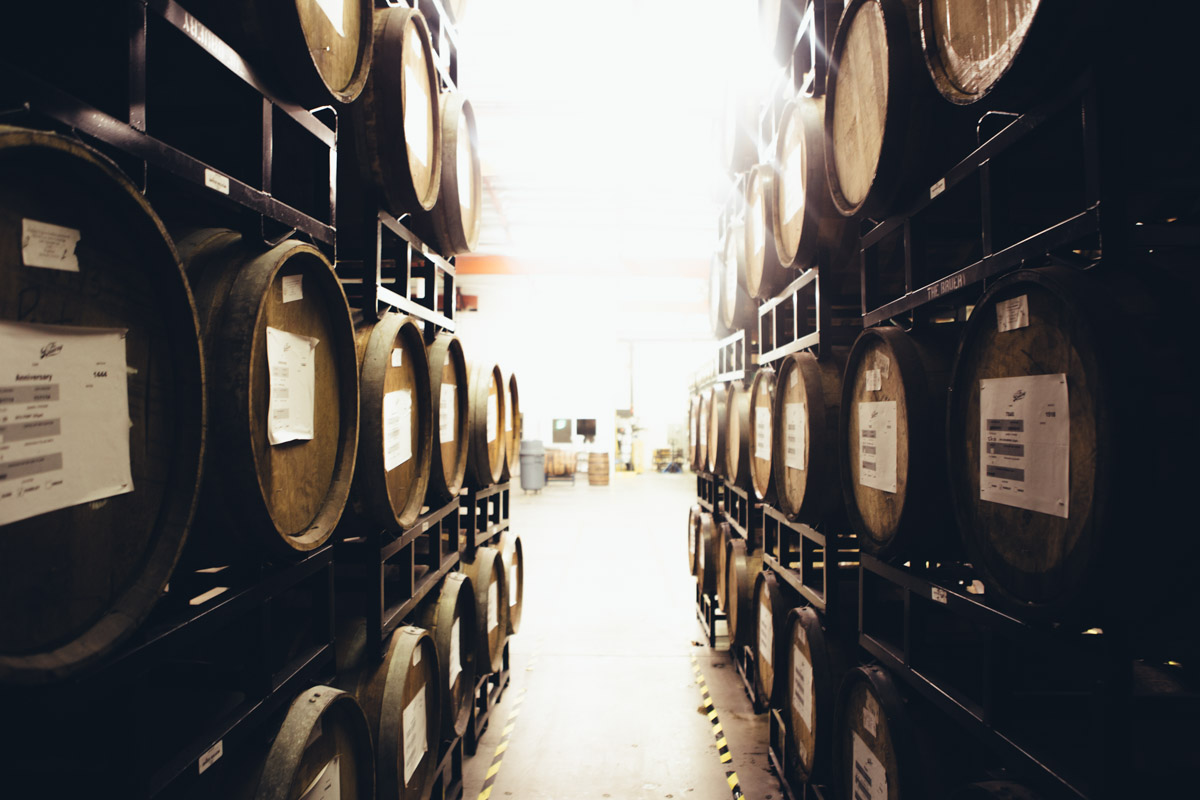


From conversations like this, it’s clear that Patrick’s love of the product hasn’t waned while running the business. What strikes me is how little our conversation has changed since that first meeting in 2009. The intention, the focus, and the goal of The Bruery, despite its growth, is intact and unchanged. While its evident that Patrick himself has grown, gaining wisdom and confidence with regard to his product and purpose, he appears just as captivated with craft beer; his passion still sharp, un-dulled by the daily grind of operations, un-blunted by the occasional banalities of business.
In fact, if I still had that old iPhone between us rather than its contemporary counterpart, I might have believed that before me was the Patrick from that earlier epoch, when he was barely seven months into his endeavor. It’s this unwavering passion and reinvention that keeps The Bruery not only relevant, but revolutionary, and it’s easy to see why serious beer fans relate to Patrick; he is now and always has been one of them.
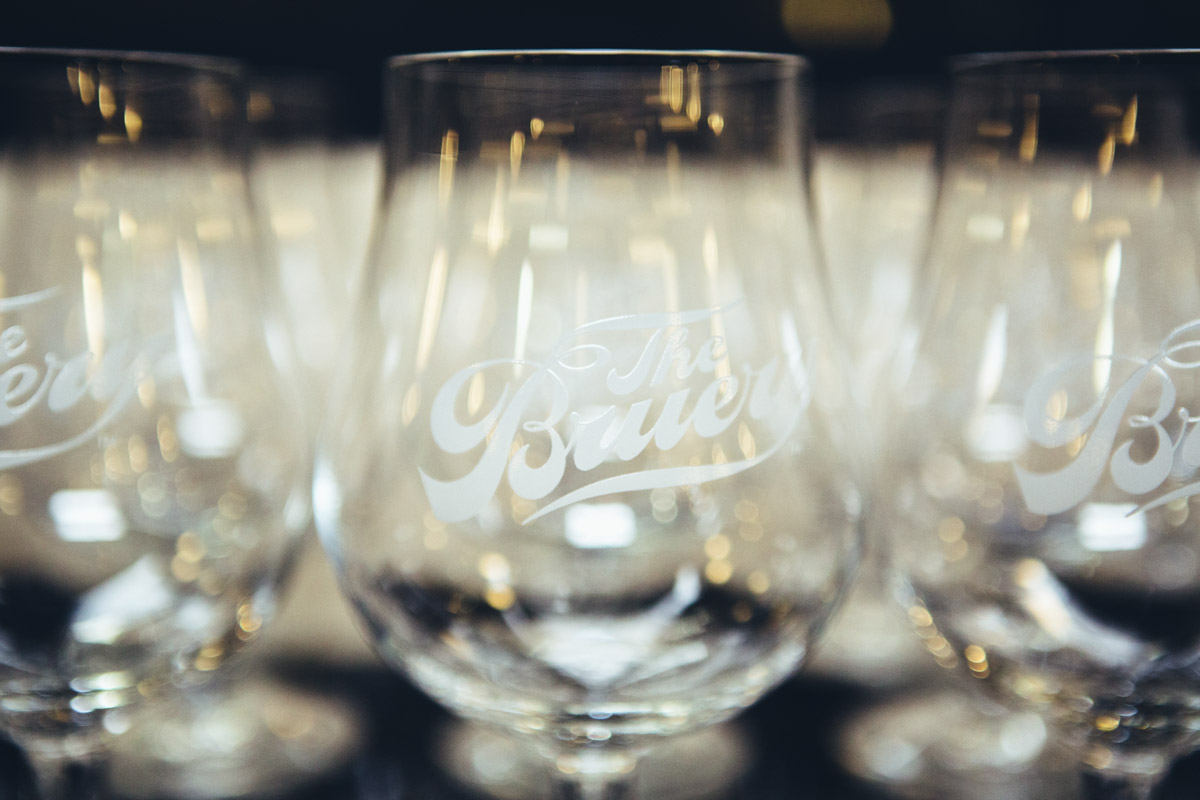
The difference now, I realize as the Tasting Room fills up and we need to speak above the clinking of glasses being passed around for sampling, is that the once-strange and sleepy complex is no longer an obscure, out-of-the-way secret, but a buzzing destination for beer lovers around the country.
—
The Bruery
717 Dunn Way, Placentia, CA 92870





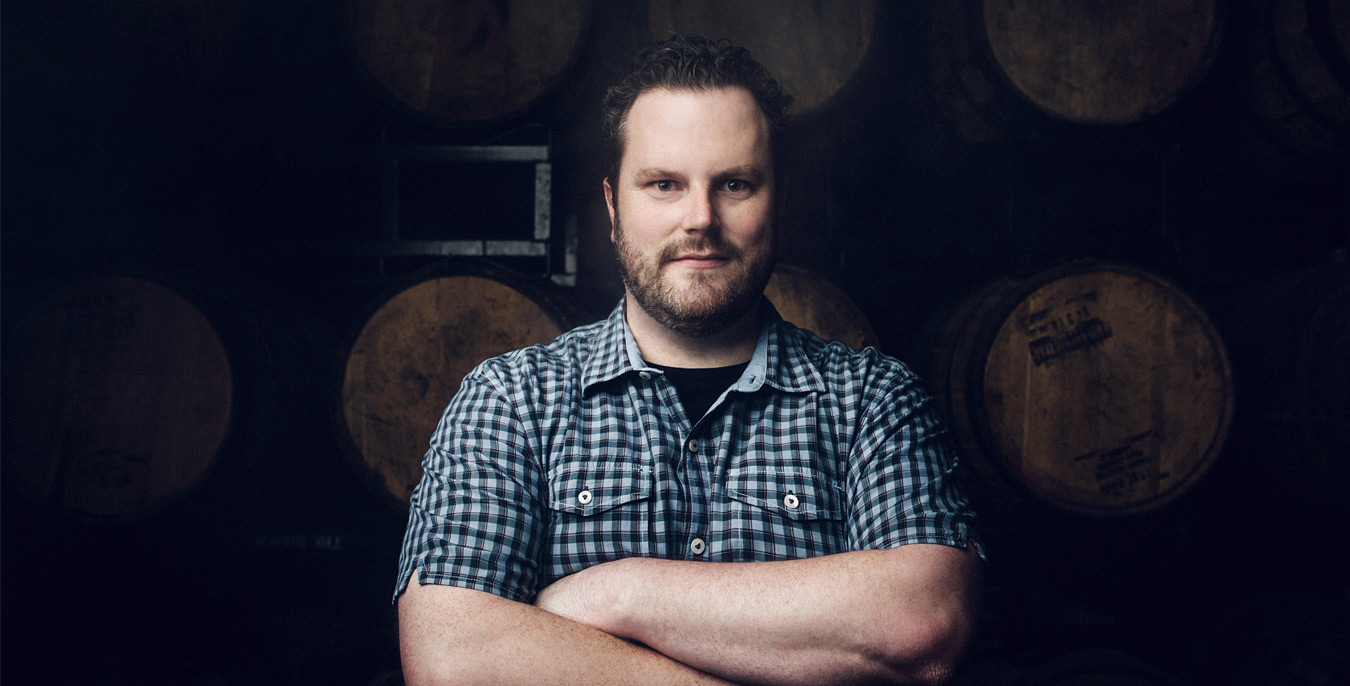

Our comments section is for members only.
Join today to gain exclusive access.